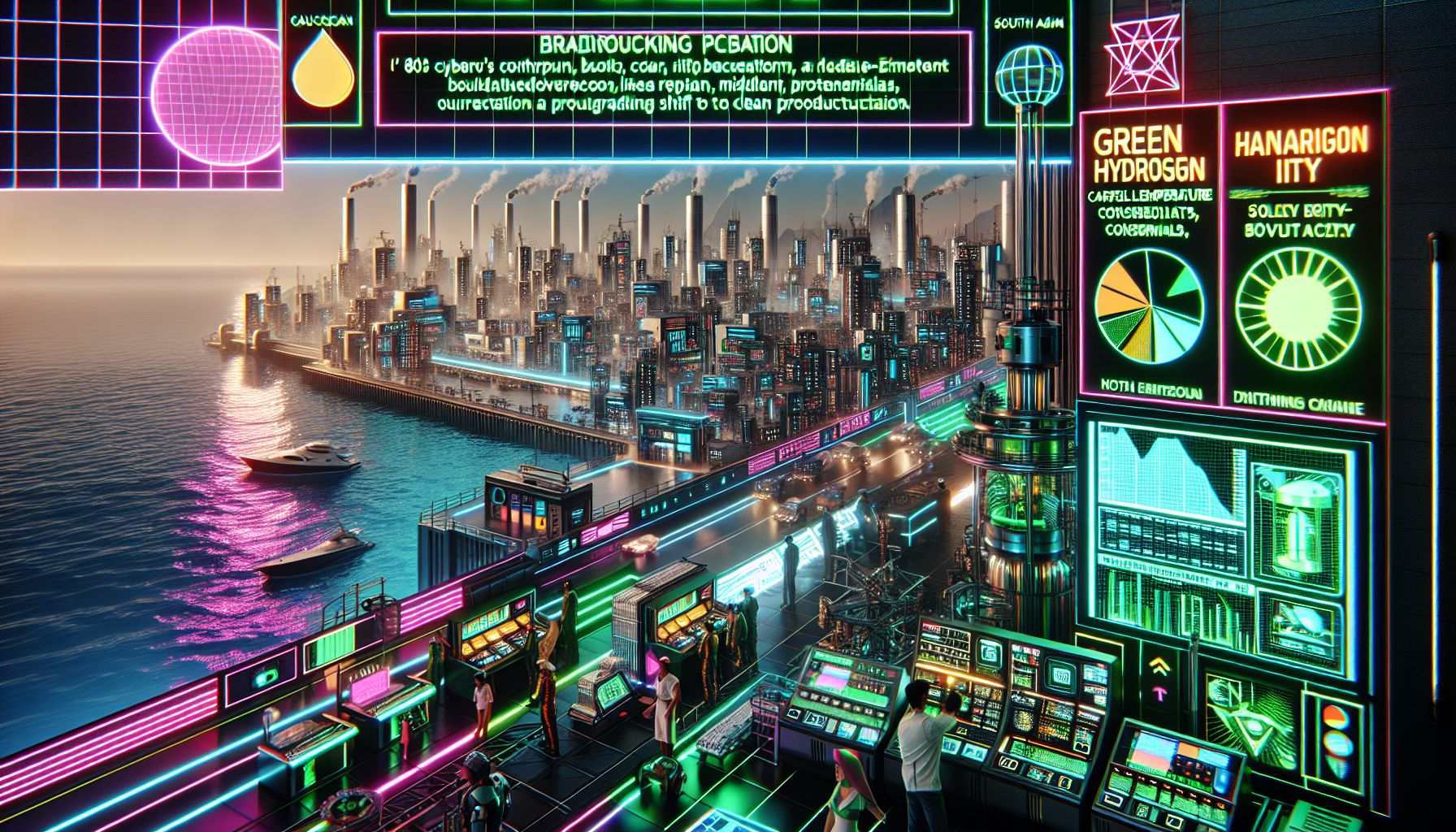Iran's Green Hydrogen Revolution: From Desert Sun to Clean Energy Pioneer

Tehran, Sunday, 17 November 2024.
In a groundbreaking shift, Iran is positioning itself at the forefront of green hydrogen production, with its southern coastal city Chabahar emerging as the optimal location. Studies show the region’s solar potential could revolutionise clean energy production, though careful temperature considerations are crucial - overlooking this factor can lead to an 11.5% overestimation in production capacity. As the world races towards renewable solutions, Iran’s strategic workshop with IRENA this November marks a significant step in transforming its vast solar resources into economic opportunities.
Harnessing Solar Power
The promise of solar energy in Iran, especially in its southern regions, is like an untapped treasure chest. The sun-soaked deserts and coastal areas offer an ideal environment for photovoltaic systems, which are essential for green hydrogen production. The feasibility studies conducted in Chabahar have highlighted its potential as a hub for green hydrogen, leveraging both its geographical position and abundant solar resources[2]. It’s not just about having sunshine — it’s about using it smartly and efficiently.
The Role of Green Hydrogen
Green hydrogen is not just a buzzword; it’s a game-changer in the energy sector. Imagine a fuel that emits no carbon dioxide and can power everything from factories to vehicles. That’s the magic of green hydrogen, which is produced by electrolyzing water using renewable energy sources like solar and wind[1]. For Iran, this means cutting down on carbon emissions and creating new economic pathways, transforming its energy landscape and reducing dependency on fossil fuels. The workshop organised by Iran and IRENA is set to explore these opportunities, focusing on how green hydrogen can complement renewable electrification and drive economic growth[1].
Economic Transformation
As Iran steps into the green hydrogen arena, the economic implications are enormous. The production facilities in the southern coastal regions promise not only to meet domestic energy needs but also to position Iran as a key player in the international energy market. By focusing on green hydrogen, Iran aims to develop a sustainable industrial sector, fostering job creation and new industries. The strategic location of Chabahar as a port enhances its potential for export, aligning with global trends towards renewable energy solutions[2].
Global Context and Future Prospects
Globally, green hydrogen is gaining traction, with investments and technological advancements paving the way for a cleaner future[3]. While still trailing behind solar and wind in terms of absolute energy production, hydrogen’s role in decarbonising industries where direct electrification isn’t feasible cannot be understated. Iran’s commitment to green hydrogen, as showcased in the upcoming workshop, is part of a broader shift towards sustainable energy practices. This move not only promises to transform Iran’s energy sector but also contributes to global efforts in combating climate change[3].